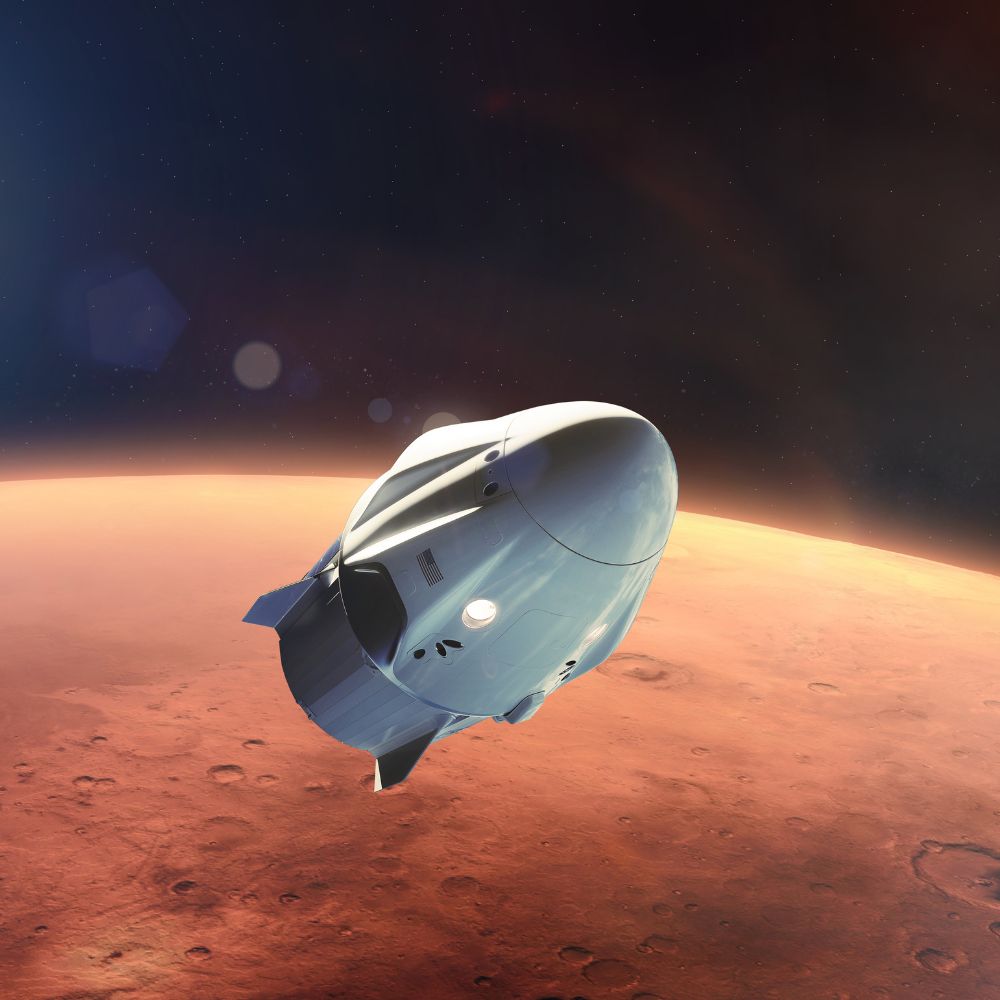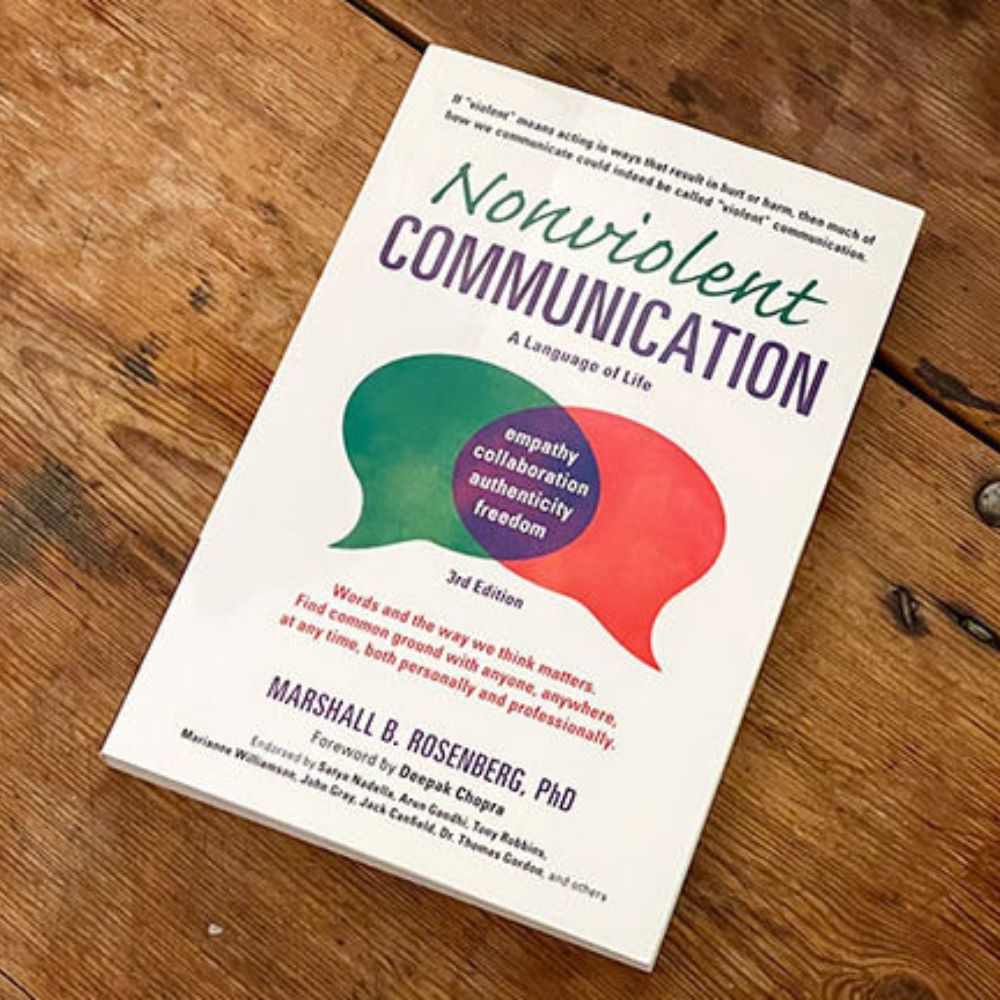Elon Musk's 5-Step Model for Building Better

Say what you want about Elon Musk. Love him or hate him, you know how he thinks.
Most public figures operate behind big ideas and vague values. Musk operates in systems. He shows his logic. He makes it clear how he builds, how he makes decisions, and how he expects people around him to think. That kind of clarity is rare.
Whether or not I agree with all of his choices, I've learned a lot from how he works. He's one of the few people in the spotlight who doesn't just talk about outcomes. He shares about how he gets there.
I've watched teams grind away at problems that didn't need to exist. I've seen projects grow more complex because no one wanted to challenge the original brief. I've been guilty of it myself.
That's why this model stuck with me. Musk laid out a five-step process that is simple, direct, and surprisingly useful that I recommend watching! It's how he builds across companies, from rockets to software. And it's how he approached DOGE, the Department of Government Efficiency. Whether you see DOGE as serious reform or strategic theater, the framework behind it holds up.
Step 1: Make Your Requirements Less Dumb
The first step is to question the premise.
Most teams skip this part. They inherit a problem statement or a set of requirements and jump straight to solving. But if the requirements are wrong, everything built on top of them will be too.
Musk's rule is to assume the requirements are flawed. It doesn't matter who gave them to you. Smart people can still make bad assumptions. In fact, when a requirement comes from someone respected, it's even more likely to go unchallenged.
I've seen this happen firsthand. A team takes a flawed brief and executes it flawlessly. The result is polished, but pointless. I've done it myself. It feels productive in the moment, until you realize the original constraint never made sense.
DOGE was built on this exact idea. Instead of asking how to improve legacy systems, the team asked if those systems should even exist.
Step 2: Delete the Part or Process
Once the assumptions are challenged, the next step is to start removing.
Most of us default to adding. A new step, a form, a check, a dashboard. I think this is just the product of society that is always searching for "growth". It's all framed as responsible. Just in case. But over time, all those additions create weight and friction.
Musk believes that if you're not deleting things often and sometimes putting them back, then you're probably not deleting enough. I've found this to be true in my own work.
When you remove something and nothing breaks, you've just exposed a layer of bloat. And when you remove something and things do break, you finally understand what that process actually does.
At DOGE, this principle was put into action and definitely ruffled some feathers. Full government programs were removed. Not as a stunt, but to find out what was truly necessary. Time will tell if gaps start to form and then we will see the reintroduction of them.
Step 3: Simplify
Once you've removed what doesn't need to be there, the next step is to simplify what remains.
Most teams want to start here. They want to make systems look cleaner and easier to use. But when simplification comes first, all it does is polish complexity. You end up with something that feels better on the surface but still runs on flawed logic.
I've made that mistake. I've streamlined bloated systems when I should have questioned whether they should exist at all. I'm also seeing this pattern become more common with the rise of AI and its use in coding and product design.
It's never been easier to build, automate, or deploy an MVP. And on the outside, it all looks useful and AI will even agree with you how useful it is. But it's not until later that you realize how much complexity has crept in—and by then you are stuck in a web of doodles that even AI can't untangle.
Musk's approach is different. Simplify only what has earned the right to stay. Make it faster, lighter, and clearer—but only after you've stripped it down to what actually matters.
Step 4: Accelerate
Speed is only useful when you're moving in the right direction.
Founders love speed. I've pushed for it myself, and sometimes too early. If the system isn't ready, acceleration just creates stress. You move more data, more decisions, and more effort through a machine that isn't designed for it.
Musk doesn't ignore speed. He just waits to push it until the system is clean. That sequencing matters. Speed without clarity is just noise.
Step 5: Automate
Automation comes last. Not first.
This is where teams often go wrong. They try to automate before they understand the process. They build tooling around workflows they haven't cleaned up. Once the automation is in place, it's hard to change.
Musk admits he's made this mistake. I have too. It's easy to confuse automation with progress. But if you automate complexity, you just hard-code your own inefficiency.
Automation is only worth it when the process is simple, clean, and proven. It should be the final step—not the shortcut.
Why This Model Stuck With Me
This isn't about Elon Musk the personality. It's about how he thinks. And that's what I care about.
He doesn't operate on momentum or convention. He uses structure. And he explains it clearly. Whether you like the outcome or not, the model behind it makes sense.
The lesson for me was simple. Start by questioning everything. Then remove what doesn't need to be there. Refine what's left. Only then should you speed up or scale.
I've applied this to how I think about ops, product, growth, and even hiring. It works because it forces you to slow down just long enough to avoid wasting time on things that don't matter.
Final Thought
Most people are trained to improve what already exists. Musk's model flips that by starting with a harder question:
Should it exist at all?
I've skipped that step before. I've tried to fix systems that should have been removed. I've scaled processes that weren't ready. I've made things faster when I should have made them simpler.
This model isn't just about building better. It's about thinking more clearly. It helps you step back, challenge assumptions, and clear space before you add anything new. It works across software, operations, strategy, and team structure.
If you're trying to move faster or grow smarter, start by asking three questions:
- What am I assuming?
- What can I remove?
- What actually needs to exist?
Start there. The answers will shape everything that comes next.
Share this article
Help others discover these insights
Continue Reading
Discover more insights to help grow your business

Most strategies fail because they solve symptoms, not root causes. Here's how to identify what actually matters—beneath the behavior.

The best solutions aren't always deeper. Sometimes, they come from a completely different angle. Here's why lateral thinking matters more than ever.

These five mental models bring clarity, focus, and leverage to every major business decision you'll face.
Ready to Transform Your Marketing?
Get expert insights and strategies tailored to your business. Schedule a free consultation today.
Start My Project